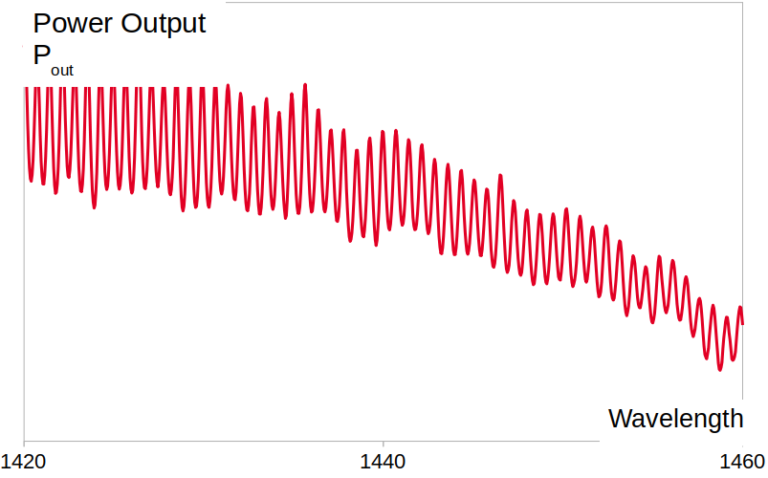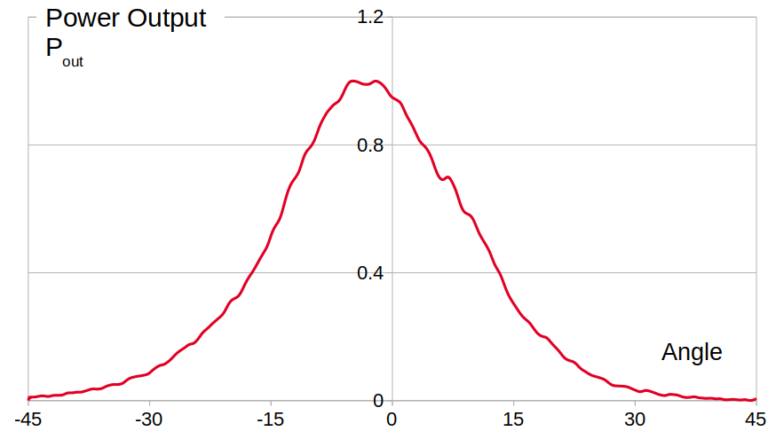CATEGORIES
Single Mode
Longitudinal modes
The term laser mode is often used in different contexts with different meanings. In a normal Fabry Perot laser a large number of longitudinal modes arise by the constructive resonance of the full internal reflection between the facets. The intermodal spacing that can be measured as described above with a spectrometer, allows us to determine the optical length of the cavity, since λ02 / Δλ = 2 L n, being λ0 the lasing wavelenght, L the length of the cavity length and n the diffraction index of the cavity.
In the context of communication lasers, a very efficient suppression of the next side mode of the lasing wavelenght is required and very complex structures on the cavity are fabricated (Distributed Feedback Laser = DFB) to suppress the side modes. For communication lasers this type of “single-mode” is mandatory and refers to the emission of only one lasing wavelength.
Polarization Modes
Transversal modes
Finally, the term laser mode is also used to depict the lateral modes, that are the lasing modes that build up due to the lateral dimensions of the waveguide. In cases when higher laser output power is required so-called multi-mode laser diodes are built that have a large lateral waveguide guiding. In this case the emission pattern is poor but the existence of multiple modes leads to a large optical power output overall.
The vertical confinement in edge-emitting lasers is achieved with cladding layers that are deposited together with the heterojunction and therefore are very efficient in creating a very small vertical lateral mode. To create a tight horizontal lateral mode in an edge emitting laser the methods of current guiding through electrode patterning and other such as index guiding are somewhat more elaborate but sometimes unavoidable to create a lateral single mode also in the plane perpendicular to the P/N junction. Sometimes these lasers are referred to as a single-mode too, while here not the wavelength is meant, but a confined Gaussian far field.
Do you like what you see?
We value your feedback, so let us know what you think!
Let us also know which topics you would like to see expanded.
Just give us a call, send us an e-mail or use the form to contact us.


